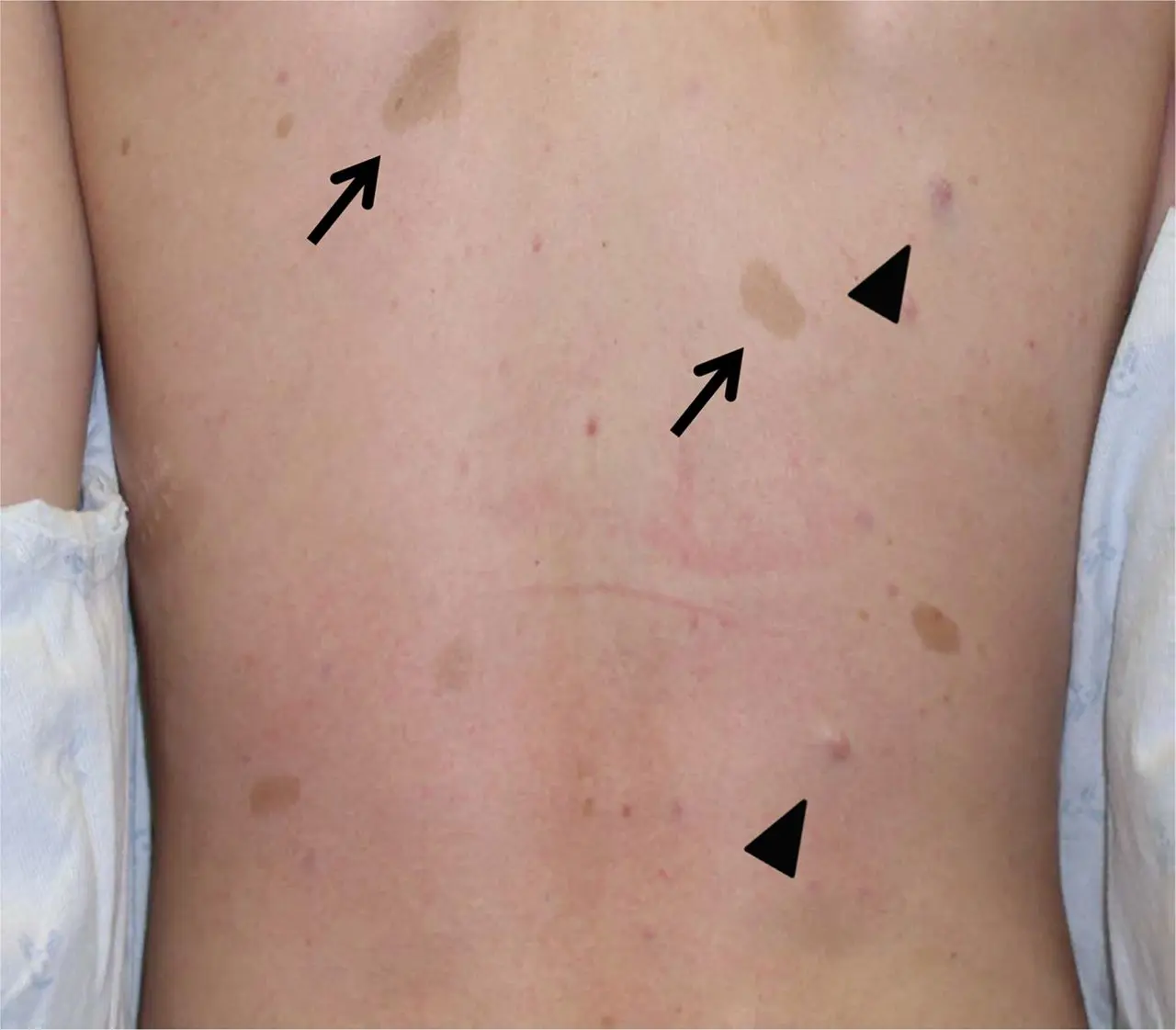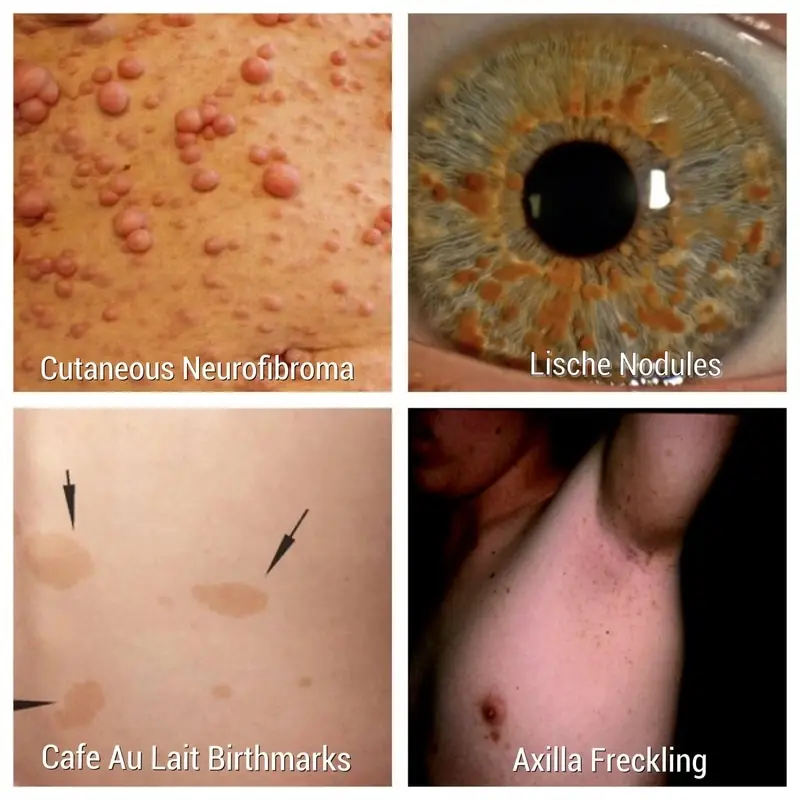Can Neurofibromatosis be Cured?
No
Neurofibromatosis is a lifelong condition; treatment focuses on managing symptoms and complications, and regular monitoring is crucial

What is Neurofibromatosis?
Neurofibromatosis is a genetic disorder that causes the formation of tumors in the nervous system, skin, and other organs. Types include NF1 and NF2. Treatment involves managing symptoms and addressing complications, which may include surgery or other interventions. Regular monitoring is important for early detection of potential issues and timely intervention. Genetic counseling is recommended for affected individuals and their families.

Clinical Aspects

Characteristics
Genetic disorders that cause tumors to form on nerve tissue, including neurofibromatosis type 1 (NF1) and neurofibromatosis type 2 (NF2)

Symptoms
Varies depending on the type (NF1 or NF2) and individual symptoms; may include skin tumors, nerve tumors, hearing loss

Diagnosis
Clinical evaluation, sometimes blood tests

Prognosis
Variable, depends on early intervention

Complications
Potentially life-threatening complications
Etiology and Treatment

Causes
Genetic mutations affecting the NF1 or NF2 genes

Treatments
Monitoring for complications, surgical removal of tumors, supportive care

Prevention
Monitoring for complications, surgical removal of tumors, supportive care
Public Health and Patient Perspectives

Epidemiology
Rare, associated with certain antipsychotic medications

Patient Perspectives
Prompt discontinuation of causative medication and supportive care
Please remember that this information is provided for general understanding, and individual cases may vary. Always consult with healthcare professionals for personalized advice and information.
Share: